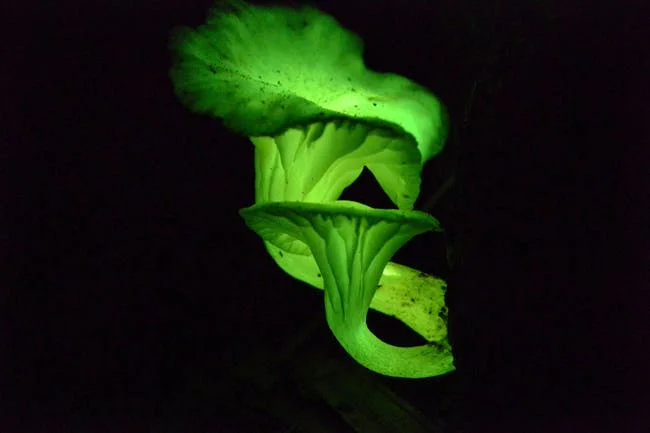“Richer than millionaires! Happier than Kings! Envied by multitudes! May be said of hobnobbers with Hart’s-tongues.”
So said one enthusiast of the Hart’s-tongue fern (Asplenium scolopendrium var. americanum) long ago, and we think you’ll agree. This species is exceptional in many ways; its appearance (it doesn’t look like your typical fern), its uncommon habitat, and it’s rarity all add to the Hart’s-tongue fern’s mystique.
This month, the guys hit the road, traveling to central NY and hitting the trail with Mike Serviss, a conservation biologist working with New York State Parks. Among his many duties, Mike is researching the most successful ways to restore this picky plant to its habitat, and he’s also a fantastic science communicator.
Join us as Mike helps us peel back the mystery of what’s involved in restoring an endangered species.
Enjoy!





















